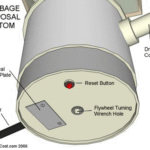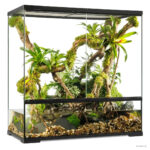Your house should be your cozy sanctuary, especially when the temperatures drop outside. Yet, here you are, shivering under layers of blankets, wondering why your home feels more like a chilly icebox rather than a warm refuge.
It’s frustrating, isn’t it? You’ve set the thermostat to your comfort level, but the warmth you crave seems to be playing a game of hide and seek. If you find yourself questioning why your house remains cold even with the heat on, you’re not alone.
This puzzling situation can be unsettling, but fear not—you’re about to discover the hidden reasons behind this discomfort. Imagine finally basking in the warmth, feeling the heat wrap around you like a comforting hug. Intrigued? Let’s delve into the mystery and uncover the secrets to transforming your home into the warm haven you deserve.
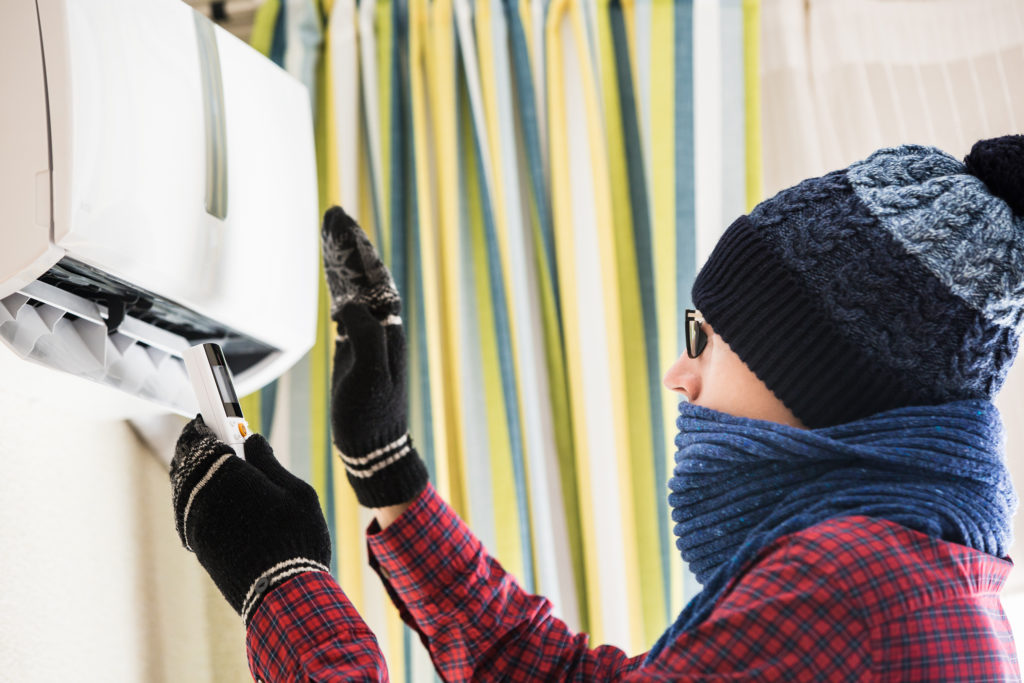
Credit: neeeco.com
Common Heating System Issues
Is your house cold even though the heat is on? This is a common issue many homeowners face. Often, the problem lies within the heating system itself. Understanding these issues helps in finding solutions. Let’s explore some common heating system problems.
Thermostat Malfunctions
The thermostat acts as the brain of the heating system. If it malfunctions, the system cannot heat efficiently. It may not sense the correct temperature. This leads to a house that feels colder than it should. Check if the thermostat is working properly. Make sure it’s set to the right mode.
Furnace Problems
The furnace plays a key role in heating your home. If it has issues, the heat won’t distribute well. Common problems include a dirty filter or a faulty pilot light. These can hinder the furnace’s performance. Regular maintenance keeps the furnace running smoothly.
Blocked Air Vents
Blocked vents prevent warm air from circulating. Furniture or curtains might block these vents. This makes rooms feel cold even if the heater works. Ensure all vents are open and clear of obstructions. This allows for better airflow throughout the home.
Insulation Deficiencies
Cold air might linger indoors due to poor insulation. Gaps in walls or attic spaces allow heat to escape. Inspect for drafts around windows and doors to keep the warmth inside.
If your house feels cold despite the heat, insulation might be the issue. Insulation deficiencies can allow warm air to escape and cold air to enter. This can make your heating system work harder and raise your energy bills.Poor Wall Insulation
Walls play a vital role in maintaining indoor temperatures. Without proper insulation, walls can become a major source of heat loss. Thin or damaged insulation lets warm air seep out and cold air come in. Inspect wall insulation for gaps or damage. Consider upgrading to improve heat retention.Drafty Windows And Doors
Windows and doors can be culprits of heat loss. Drafts can develop through worn seals or old frames. These gaps let cold air in and warm air out. Check for drafts by feeling for air movement around edges. Use caulk or weatherstripping to seal gaps. This can help keep your home warmer.Attic And Basement Insulation
Attics and basements often get overlooked. They can be significant sources of heat loss. Warm air rises and escapes through poorly insulated attics. Basements can let in cold air through cracks or gaps. Ensure these areas have adequate insulation. This can prevent heat from escaping and maintain a cozy home.Air Leaks And Drafts
Feeling chilly even with the heat on can be frustrating. One of the main culprits could be air leaks and drafts. These sneaky gaps in your home allow warm air to escape and cold air to rush in, making your heating system work overtime. Let’s dive into how you can identify and seal these leaks to keep your home cozy.
Identifying Air Leaks
Have you ever noticed a draft near your windows or doors? These are common areas where air leaks occur. But they can also be found around electrical outlets, baseboards, and even attic hatches.
To pinpoint these leaks, try a simple candle test. Light a candle and move it slowly around potential leak areas. Watch for flickering, indicating air movement. You could also use smoke from incense for this purpose.
Another method is to inspect on a windy day. Feel for drafts with your hand or use a damp cloth to detect cooler spots. These practical approaches can reveal hidden leaks that are costing you warmth.
Sealing Techniques
Once you’ve identified the leaks, sealing them is the next step. Start with weatherstripping around doors and windows. This material is affordable and easy to install.
For cracks and gaps, use caulking. It’s effective for sealing areas around window frames and baseboards. Choose the right type for your needs, whether it’s silicone for flexibility or acrylic for painting.
Don’t forget about outlet covers. These are small but can be significant sources of drafts. Installing foam gaskets behind outlet plates can make a noticeable difference.
Have you ever tried these techniques and felt the immediate warmth? Sealing air leaks is a straightforward task that can transform your home’s comfort.
What other methods have you found useful in keeping your house warm? Your experiences might be the key to solving someone else’s chilly mystery.
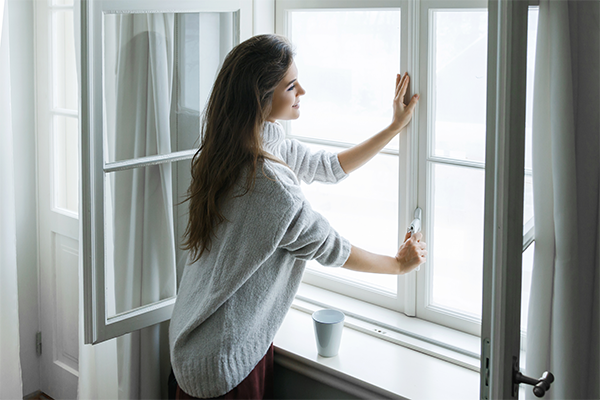
Credit: roofteam.com
Improper Heating System Size
An improperly sized heating system can leave your house feeling cold despite the heat being on. It struggles to maintain a consistent temperature, leading to uneven warmth throughout your home. This results in discomfort and higher energy bills.
Is your house feeling chilly even though the heating system is on full blast? The problem might be an improperly sized heating system. A system that’s too small struggles to heat the entire space, while an oversized system cycles on and off too quickly, leading to uneven temperatures. Understanding the impact of your heating system’s size can be the key to solving your cold home dilemma.Impact Of System Size
The size of your heating system directly affects how well it can heat your home. If it’s too small, it will constantly run, trying to reach the desired temperature but never quite getting there. This not only keeps your home cold but also increases your energy bills. An oversized system, on the other hand, heats the space too quickly and shuts off before the heat is evenly distributed. This leads to hot and cold spots throughout your house. You might find one room is toasty while another feels like a freezer. Have you ever noticed this frustrating inconsistency?Assessing Your Heating Needs
Determining the right size for your heating system requires assessing your specific needs. Factors like the size of your home, insulation quality, and even the local climate play a role. It’s important to consider these elements to avoid future discomfort. A professional assessment can provide a clear understanding of what size system your home needs. You might think your current system is sufficient, but a professional can point out inefficiencies you may not notice. Have you consulted an expert to evaluate your heating system? Investing time in understanding your heating needs can lead to a more comfortable and energy-efficient home. Don’t let an improperly sized system leave you shivering.Blocked Radiators Or Baseboards
Radiators or baseboards blocked by furniture or dust can make rooms chilly even with the heat on. Warm air needs space to circulate freely; when obstructed, it struggles to heat the area effectively. Regular checks and cleaning ensure heat reaches every corner, keeping your home cozy.
Is your house feeling chilly despite having the heat cranked up? One culprit could be blocked radiators or baseboards. Many homeowners overlook this common issue, assuming their heating system is working optimally. Yet, if your radiators or baseboards are obstructed, they can’t effectively distribute warmth throughout your home. Understanding how to maintain and ensure proper circulation can make a big difference in your comfort level.Radiator Maintenance
Ensuring your radiators or baseboards are in top shape is crucial for a warm home. Have you checked them recently? Dust and debris can accumulate, restricting heat flow. Make it a habit to clean them regularly. Simply using a vacuum or a damp cloth can work wonders. If you’ve ever rearranged your furniture without considering your radiators, you’re not alone. I once moved a couch in front of my radiator, only to wonder why my living room was freezing. Ensure nothing is blocking the heat path. Keep a clear space around radiators to allow warmth to circulate freely.Ensuring Proper Circulation
Proper circulation is the key to a warm house. Have you bled your radiators recently? Air trapped inside can prevent them from heating up fully. It’s an easy task that takes just a few minutes with a radiator key. Think about the layout of your home. Are there areas where heat seems to get trapped? Consider installing fans to help distribute warmth evenly. You can also adjust the settings on your heating system to ensure heat reaches every corner. Take a moment to assess your radiators and baseboards. Are they working as they should? A little attention and maintenance can make all the difference in transforming your home from cold to cozy.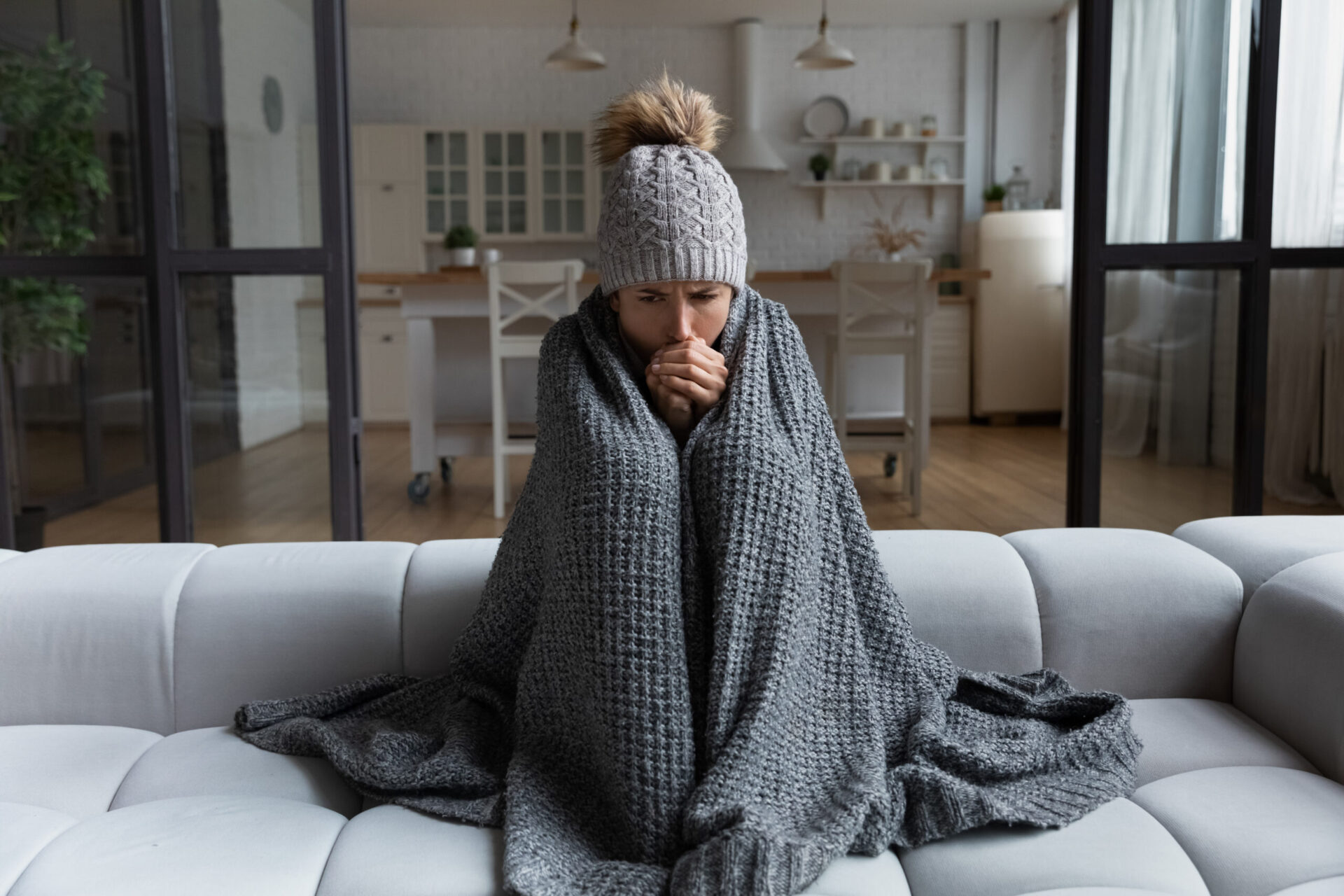
Credit: www.standardco.com
Humidity Levels
Humidity levels play a crucial role in how warm your house feels. Even if your heating system is running efficiently, low humidity can make the air feel cooler. Understanding humidity’s impact can help create a comfortable home environment.
Role Of Humidity In Heating
Humidity affects heat perception inside your home. Moist air holds heat better than dry air. In winter, air often becomes dry, reducing humidity levels. This dryness can make warm air feel less cozy. Proper humidity helps maintain a warm, inviting space.
Maintaining Optimal Humidity
To keep your home warm, aim for balanced humidity. Use humidifiers to add moisture to the air. They help increase humidity, making your home feel warmer. Regularly check humidity levels with a hygrometer. This tool measures air moisture and guides adjustments.
Plants can also boost humidity naturally. They release moisture through a process called transpiration. Adding indoor plants can enhance air quality and humidity levels. Simple measures can make your home feel warmer and more comfortable.
External Weather Factors
Even with the heat on, your house might still feel cold. External weather factors play a significant role in this. Understanding these factors can help in addressing the issue effectively.
Influence Of Severe Weather
Severe weather can drastically drop temperatures. Cold winds can penetrate through small gaps in windows and doors. Heavy snowfall can also affect home insulation. These conditions lead to a colder house, despite the heating system.
Wind chills make it feel colder than the actual temperature. They increase heat loss from your home. This makes heating systems work harder to maintain warmth.
Protection Against Cold Fronts
Cold fronts bring sudden drops in temperature. This can overwhelm your heating system. Your home needs strong barriers against these cold fronts.
Insulation plays a vital role. Proper insulation prevents heat loss. It helps in maintaining a stable indoor temperature. Weather stripping and caulking can seal gaps. This reduces the effect of cold fronts on indoor warmth.
Energy Efficiency Tips
Feeling cold in your house despite the heat being on can be frustrating. Ensuring your home is energy efficient can help solve this issue. By making a few changes, you can improve warmth and comfort. Implementing these tips will also help you save on energy bills. Read on to find ways to enhance your home’s energy efficiency.
Improving System Efficiency
Check your heating system’s filters regularly. Clogged filters can reduce efficiency. Clean or replace them every month. This ensures better airflow and heat distribution. Insulate your ductwork to prevent heat loss. Leaky ducts can waste a lot of energy. Seal gaps with duct tape or mastic sealant. This keeps warm air inside your home.
Thermostats play a key role in system efficiency. Consider upgrading to a programmable thermostat. Set it to lower temperatures when you’re asleep or away. This can cut heating costs significantly. Also, ensure your heating system gets regular maintenance. A well-maintained system performs better and lasts longer.
Cost-effective Heating Solutions
Weatherstrip doors and windows to keep cold air out. This is an affordable way to boost warmth. Use draft stoppers on doors for extra insulation. Heavy curtains can also help retain heat. They block cold air from entering through windows.
Consider adding area rugs to your floors. They provide extra insulation and keep feet warm. Warm air rises, so ensure ceiling fans rotate clockwise in winter. This pushes warm air down into the room. Lowering your thermostat by just one degree can cut heating costs. Small adjustments make a big difference over time.
Frequently Asked Questions
Why Is My House Cold With The Heat On?
Your home may have poor insulation. Heat escapes through windows, doors, and walls, making your house feel cold.
How Can I Fix Uneven Heating?
Check for blocked vents and radiators. Ensure furniture isn’t obstructing airflow. Clean filters regularly for better heat distribution.
Is My Thermostat Causing The Issue?
A malfunctioning thermostat can affect heating. Ensure it’s set correctly. Consider upgrading to a smart thermostat for precision.
What Role Does Ductwork Play In Heating?
Leaky ducts can lose heated air. Inspect for damage or blockages. Seal leaks to improve efficiency and warmth.
Why Does Heat Escape Through Windows?
Single-pane windows are less efficient. Consider double-glazing or window insulation film. Curtains and drafts can also help retain heat.
Conclusion
Your home should feel cozy and warm. A cold house can be frustrating. Check insulation and seals. They might need fixing. Ensure vents are clear. Blocked vents can limit heat. Consider your heating system. It might need maintenance. A professional can help.
Regular checks can prevent issues. Simple steps can make a big difference. Keep your house warm and comfortable. Enjoy a cozy home all winter long.



